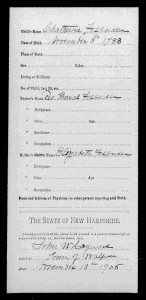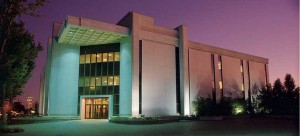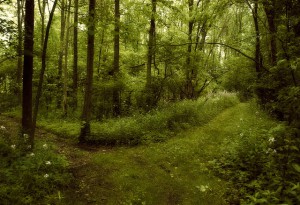 I was recently asked about the apparent disappearance of the eighteenth- and nineteenth-century vital records of Walpole, New Hampshire. The originals survived into the early twentieth century, but they are no longer to be found in the town clerk’s office in Walpole.
I was recently asked about the apparent disappearance of the eighteenth- and nineteenth-century vital records of Walpole, New Hampshire. The originals survived into the early twentieth century, but they are no longer to be found in the town clerk’s office in Walpole.
I did some digging. In New Hampshire, vital records for each town are located at the town level. Therefore, the original vital records books for Walpole should be housed with the town clerk. However, when I called the town clerk, she stated that the records currently in the town’s collection start in the 1850s. According to the clerk, the early town records were burned in a fire. She did, however, suggest that I call the Division of Vital Records Administration, New Hampshire Department of State, in Concord to learn more about the practices of preserving vital records in early New Hampshire. Continue reading A brief history of New Hampshire vital records →









